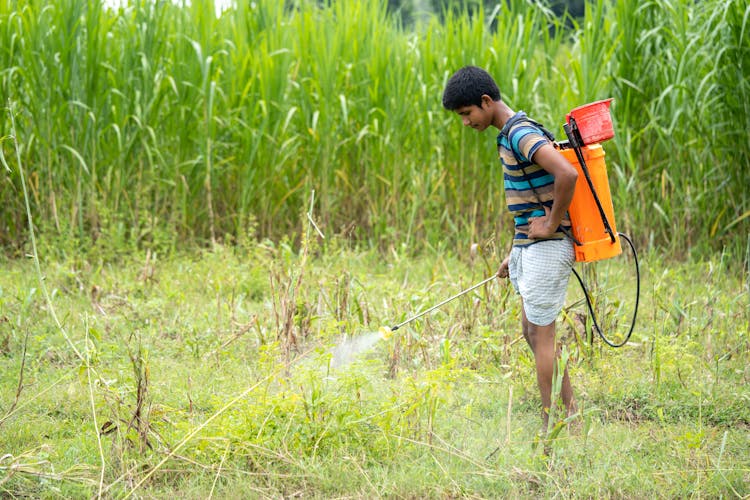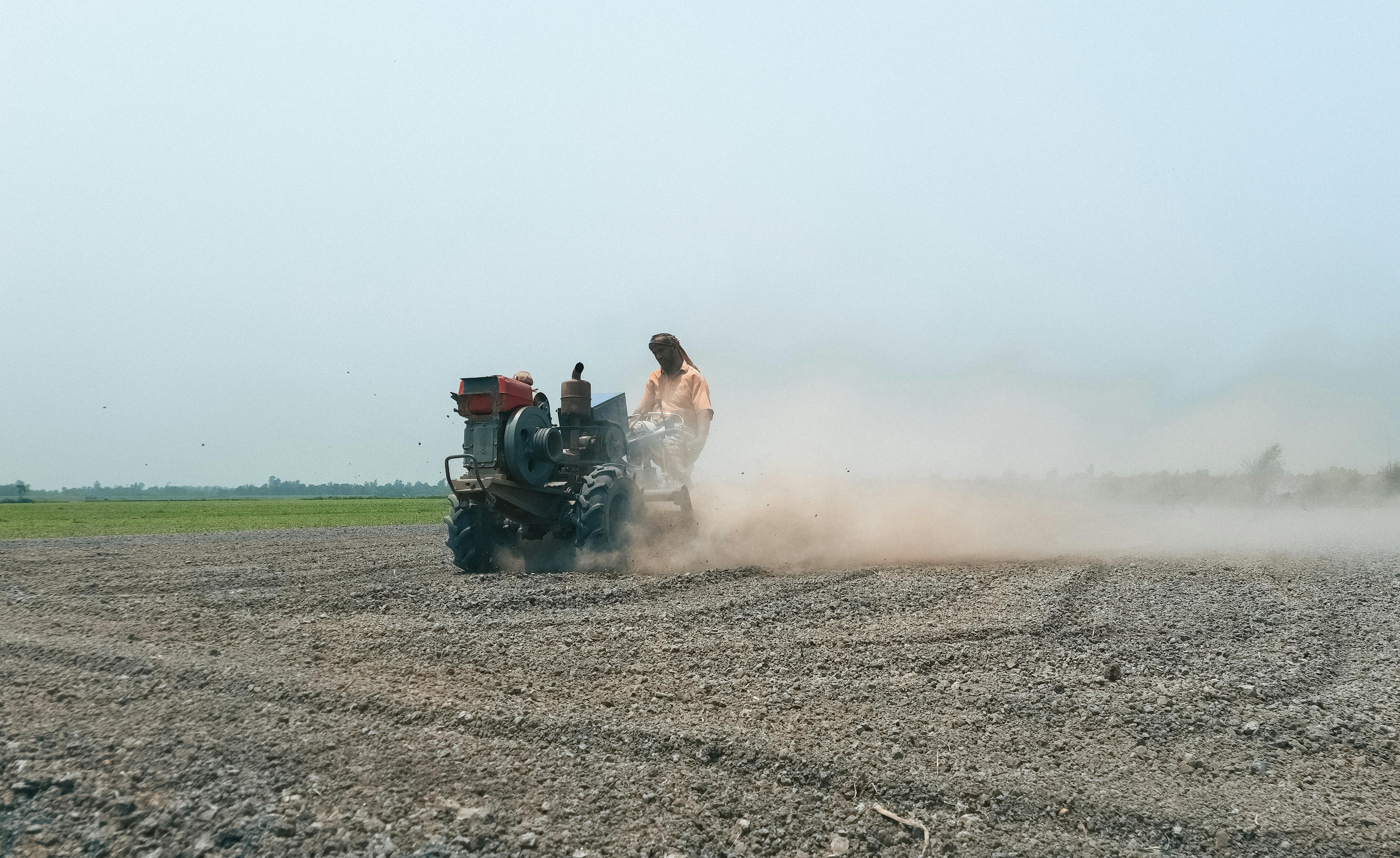All Categories
Featured
Table of Contents

Pesticides, created to control unwanted organisms in agriculture, often reach far beyond their intended targets. The consequences for biodiversity and ecosystem health can be profound and far-reaching.
Research into the impact of chemical pest control on natural habitats has consistently shown adverse effects. A range of species from bees to amphibians to birds have all been affected, with issues ranging from population decline to behavioral changes.
One of the most disturbing phenomena linked to pesticide exposure is the decline in bee populations. Bees, crucial for pollination and thus global food production, have been showing declines in population, with their ability to return to their hives compromised. This decline not only impacts food production but equally threatens natural vegetative growth.

Dangers Posed by Pesticides to Wildlife
The toxic effects of pesticides can be direct or indirect, resulting in acute fatalities or chronic health conditions. For example, insecticides meant to target pests like locusts and mosquitoes can also kill non-target insects such as butterflies and dragonflies, disrupting ecological balance.

Aquatic systems are particularly vulnerable. Pesticides can wash into streams, rivers, and oceans, impacting everything from fish populations to aquatic plants. Learn About Pesticide Impacts on Stream Fauna - $46.30
Amphibians, whose permeable skin makes them particularly susceptible to pollutants, are notably impacted by pesticide pollution. Studies indicate that exposure to even low levels of pesticides in water can lead to deformities, reproductive failures, and immune system dysfunction in amphibians.
The Financial Consequences of Wildlife Decline due to Pesticides
The economic implications of pesticide use extend beyond the immediate costs of purchasing and applying these chemicals. Pesticide Impact on Wildlife Populations Loss of crucial pollinators like bees can result in lower agricultural productivity, increasing food prices and affecting food security.
Furthermore, wildlife tourism, which generates significant income for many regions, can be negatively affected when species decline from pesticide exposure. Areas renowned for their rich ecosystems could experience drops in visitation if the local wildlife is decimated.

Organic Systems: A Solution to Protecting Wildlife
Switching to organic farming practices represents a practical solution to the destructive consequences of synthetic pesticides. Organic systems, which eschew synthetic chemicals in favor of natural alternatives, help to preserve biodiversity and encourage healthier wildlife populations.
Moreover, organic farming improves the quality of soil and its capacity to retain water, which not only helps the soil organisms thrive while ensuring better plant health. These improvements in habitat quality directly contribute to the health of wildlife.
By reducing the dependency on harmful pesticides, organic farming can foster an agrarian environment that enhances wildlife conservation. Such practices not only reduce the harmful outcomes linked with standard farming methods and improve overall environmental health.
Latest Posts
Navigating the Digital Landscape: Unpacking Social Media Addiction and Mental Health
Understanding Credit Reports: An In-Depth Exploration
NYC's Timeless Treasures